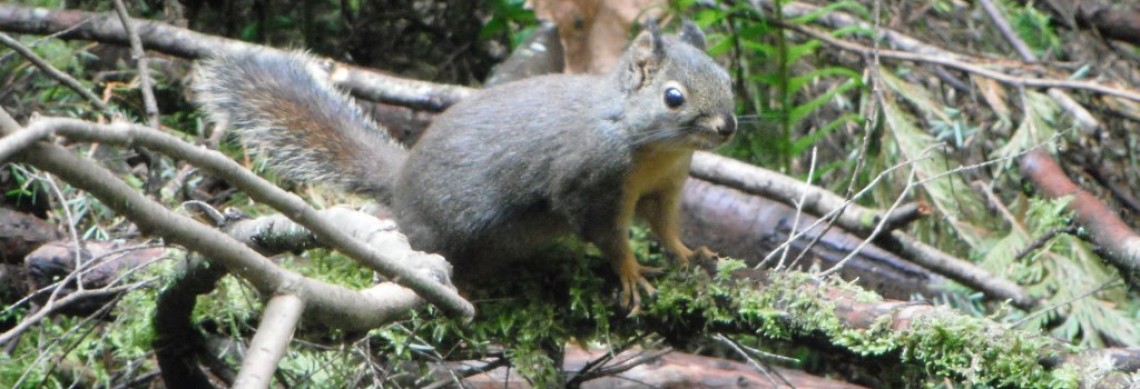Topping is for Desserts, not for Trees!
My husband helps a friend prune his trees 2-3 times a year. The friend’s neighbor threatens to sue when the trees start blocking his view of Gig Harbor. It amazes me that people are so worried about being able to see water but do not care when their view is framed by ugly trees! Luckily our friend’s trees are mostly Japanese Maples that naturally do not grow very big. But as the trees age, it gets more and more difficult to keep them from growing taller without totally disfiguring them.
Most trees do not need to be pruned— gardeners and landscapers, looking for something to do in the winter often resort to needlessly butchering trees. There are legitimate reasons for pruning; including cutting out crossing, rubbing or diseased branches and balancing out the crown. It is also helpful to thin out branches to increase light penetration to the interior of fruit trees. Pruning may help correct deformities due to previous damage or poor pruning practices.
Not only can bad pruning jobs be unnecessary or unsightly, they can create dangerous situations in the future. New growth after a pruning cut is often more weakly attached to the main stem and as it grows bigger and heavier it may break and cause serious injury or damage. This is especially true for conifers that grow with a central leader– they should never be topped. It is also true for “water sprouts” that appear after a large limb of deciduous tree is cut.
If you decide that pruning is necessary, only make thinning cuts—cut off an entire branch all the way back to the next biggest branch; avoid leaving stubs. On large limbs, make the first cut on the underside of the limb several inches away from the trunk. This helps to protect the tree from damage as gravity acts upon the heavy limb when making the final cut. For the final cut, do not cut flush with the trunk but slightly away from the trunk just beyond the slight swelling we call the “branch collar.” Do not apply any product to the wound; it heals best when left open to the air.
For big trees, consult an ISA (International Society of Arboriculture) certified arborist. They can evaluate the health and potential danger of trees and make appropriate recommendations.
If you are “limbing up” a tree, be conscious of balance—never remove more than 1/3 of the crown. Personally, I love seeing branches of trees like the Western Red Cedar swooping all the way to the ground!
The best season for pruning, is the one that allows the plant the most time to recover. Spring bloomers are best pruned after they bloom (or fruit). Plants that bloom later in the summer can be pruned in winter. — The beauty of a flowering tree is severely diminished when all the flower buds have been cut away before it blooms—a common sight in many commercial landscapes!
“Edward Scissorhands” wannabes need to understand that horticultural techniques such as topiary and bonsai require specialized knowledge, constant attention and decades to create. It may be wiser to withhold the snipping and find a non-living subject for your artistic endeavors!
If pruning is a constant battle, whether because of height, past pruning mistakes, or functional reasons, such as encroachment on paths and roads; and if the pruning severely impacts the health or aesthetics of the trees or shrubs, it is better to remove them entirely and replace them with something more appropriate. –Redesigning your landscape may be the best solution!
(This article was first published in the Peninsula Gateway on March 24, 2010.)

